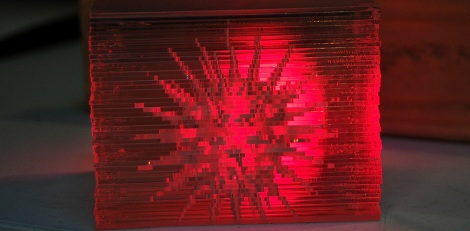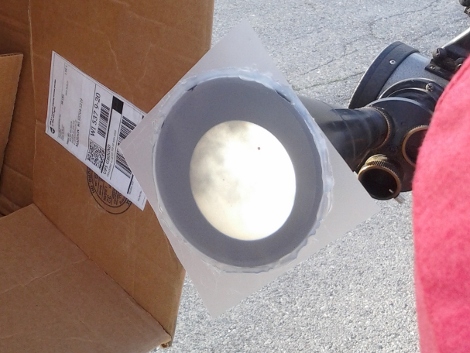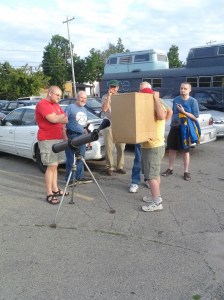This is [Bob Baddeley]. He’s an EE with an idea that started as a fun project until someone said “hey, that’s cool”. He started thinking about what it would take to launch it commercially and before he knew it he was involved in a startup accelerator to help him assemble what he needs to make his idea into a business. He spent several weeks in China learning about manufacturing and posted copiously about it.
We’ve seen other engineering trips to Asia, but [Bob’s] experience living there provides a different perspective than a quick trip would. He posted about the thing’s you’d expect, like touring a short-run prototyping facility. But he also talks about the rigors of being a pedestrian in a place where legged transport is marginalized by the gas and pedal powered vehicles that are crammed into every square-inch of the city. In the image above he’s walking on the highway (for some inexplicable reason; deathwish?).
He also got to do a lot of fun stuff. He met a ton of folks, like [Bunnie Huang], [Ian Lesnet], and the team over at Seeed Studios. He even took his protoype to the local Maker Faire. It’s a scoreboard which can be controlled from your smart phone. [Bob] tells us that he didn’t get much interest showing the face of the device as seen in that post. But when he turned it around to show off the point-to-point wire porn he was mobbed by interested hackers. Guts!

















